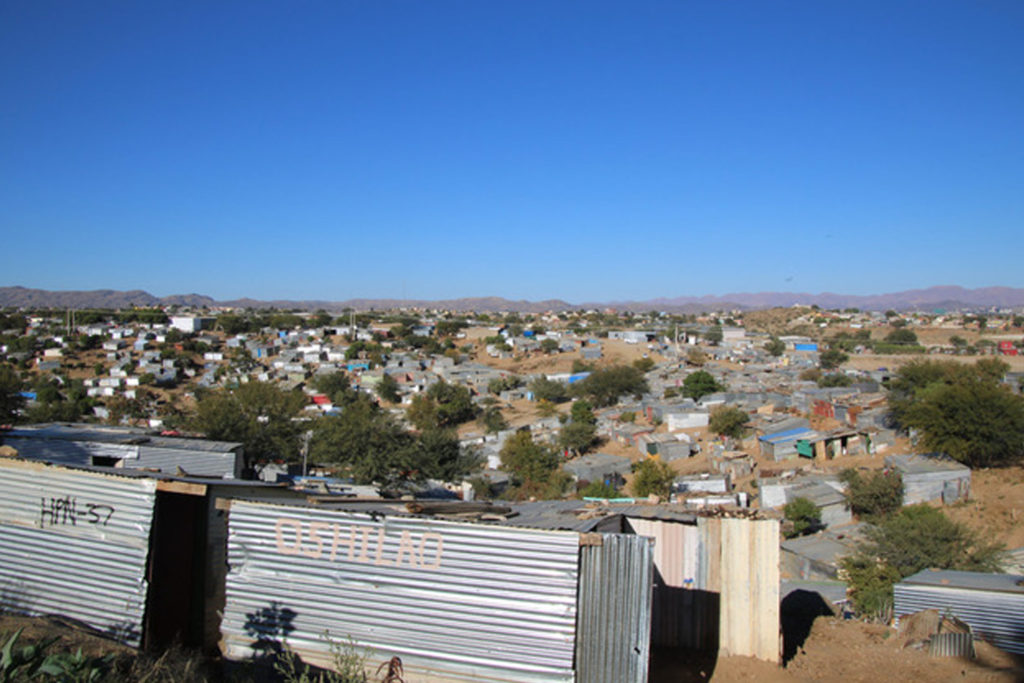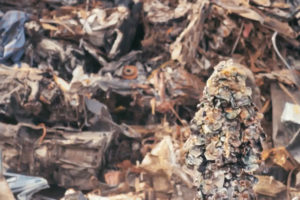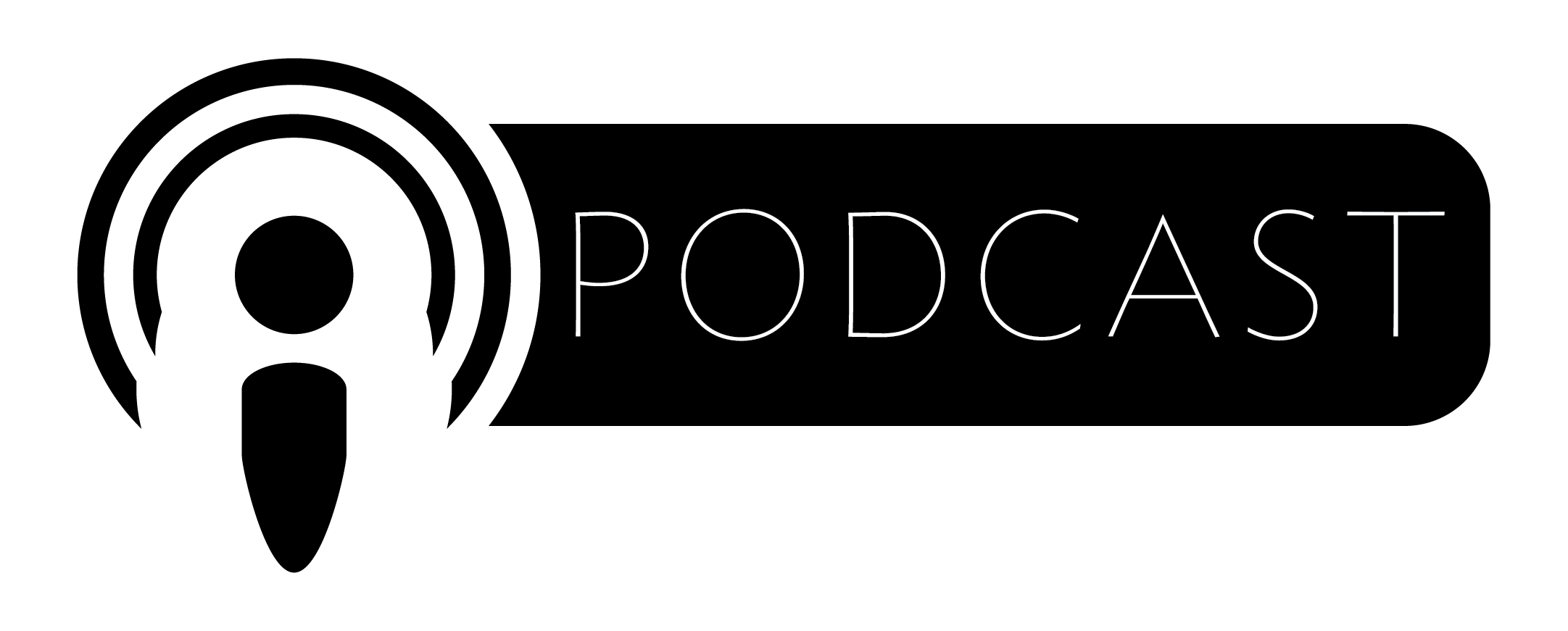Introduction: A home with insulated walls, a roof, electricity and a toilet. For us, a given – unimaginable for large parts of the world’s population. In southern Africa, architect Roel Rutgers is tackling the problem and creating a safe home for people in slum areas.
The corrugated steel houses glisten in the sun and form a shimmering ring around Namibia’s capital Windhoek. At least from a bird’s eye view. Because the closer we get to the informal settlement Okuryangava, the clearer the dark reality of the sparkling houses becomes. Informal settlement is actually only the politically correct word for slum.
Here people live in self-built huts made of corrugated steel and other waste metal. Garbage lines the streets and the smell of waste water permeates the air. Only there’s no sewer system. The only toilets in the settlement are public and usually a hole in the ground. It is not emptied or cleaned, so that the rubbish slowly makes its way down through the hilly landscape.
Running water is also only available in some public places where people take showers and fetch water for cooking and cleaning. Both are a challenge, as most houses have no electricity and the floors are made of earth. Burglary and theft are also a major problem due to the high unemployment rate in Namibia (about 34%), especially in the slums.
Fighting Africa’s housing crisis
And yet, people are driven by a belief in a better future. We stop in front of one of the corrugated steel huts; a young girl greets us smiling. Lucia is a resident of Okuryangava. I visit her with Roel Rutgers, a Dutch architect who moved to Namibia to help her. Not her specifically, but everyone in her position. For when Rutgers saw the conditions under which most people live during a vacation, he decided to give their hope a reason.
That is why he founded MOME in 2016. Together with his Namibian team, Rutgers is building modular houses. Their walls are made of insulating foam and insulate five times better than the usual brick houses in the region. The lockable doors also protect against burglary and electricity comes from modern solar systems on the roof. The built-in dry toilet is odourless thanks to grit and only needs to be emptied once a year. The houses are adapted to Okuryangava’s rental prices and affordable for its residents.
However, the most important feature of the MOME house is its dismountability. So it can be assembled and disassembled quickly – like Lego. People living in areas such as Okuryangava are officially occupants and often have to vacate their homes when the landowner no longer tolerates their presence. As it is possible to dismantle modular MOME houses quickly, you can at least take your home with you.




